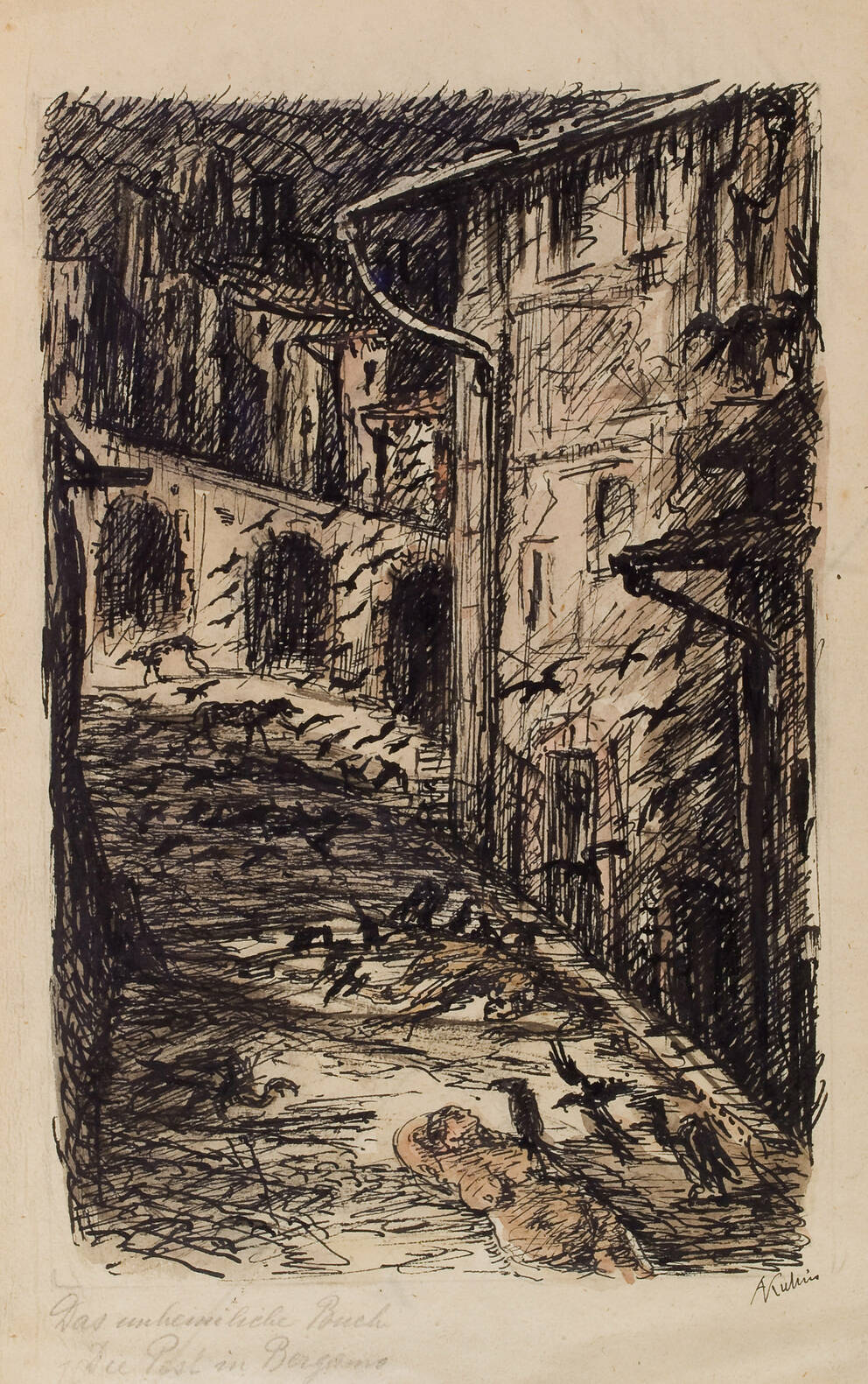
Leopold Museum,
Vienna © Bildrecht,
Vienna 2022
Vienna © Bildrecht,
Vienna 2022


The Sinister Book. The Plague in Bergamo
1914
(Litoměřice 1877–1959 Zwickledt)
If you have further information on this object, please contact us.
For provenance related information, please contact us.
2023/2024 Partial funding for digitization by the Federal Ministry for Arts, Culture, the Civil Service and Sport „Kulturerbe digital“ as part of NextGenerationEU.

